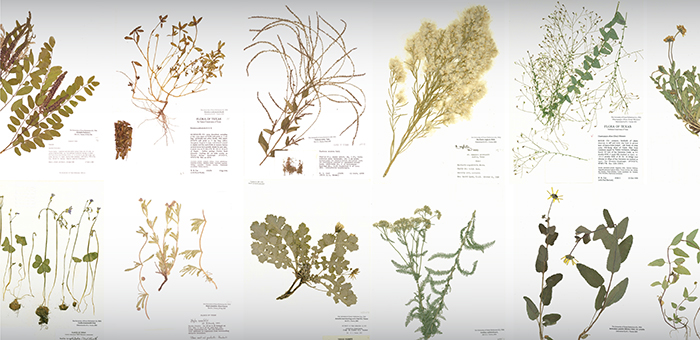Libraries
Mallet Chemistry Library : (closed for WEL renovation, and pending renovation plans)
The Mallet Chemistry Library, located in Welch Hall, serves the chemical reference and research needs for the students, faculty and staff of the Departments of Chemistry and Chemical Engineering. The library's collections covers all areas of chemistry, chemical engineering, biochemistry and food science. The strong historical journal collection includes over 1,000 titles as far back as 1789. The Mallet Library is currently closed during Welch Hall renovations.
Life Science Library
A beautiful library located in the Main building (Tower), the Life Sciences Library covers the fields of biochemistry, biology, botany, ecology, microbiology, health sciences, pharmacy, pharmaceutics and pharmacology, and zoology. For botany and zoology, the geographical emphasis is on the Western Hemisphere and on tropical and arid areas.
Marine Science Library
The Marine Science Library is located at the Marine Science Institute in Port Aransas, Texas. It supports the undergraduate and graduate programs of the Department of Marine Science and the research programs of the Institute. The library is a primary source for marine-related information in the state and in the Gulf of Mexico.
PMA Library
The Kuehne Physics Mathematics Astronomy Library (PMA) serves the physics, mathematics and astronomy information needs of the entire university community.
Collections
Biodiversity CollectionS
The Biodiversity Collections is home to more than 9 million specimens in the disciplines of biology, herpetology, ichthyology, entomology and more. It is also home to the Plant Resources Center, the largest herbarium in the southwestern United States and ranked among the top U.S. university herbaria in the nation.
CULTURE COLLECTION OF ALGAE
The Culture Collection of Algae includes approximately 3,000 different strains of living algae, representing most major algal taxa. The primary function of collection, named UTEX, is to provide algal cultures to a user community. Cultures in the collection are used for research, teaching, biotechnology development, and various other projects throughout the world.


















